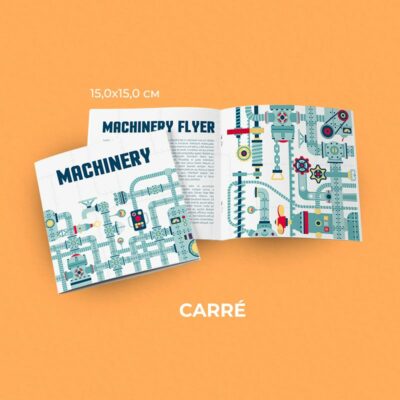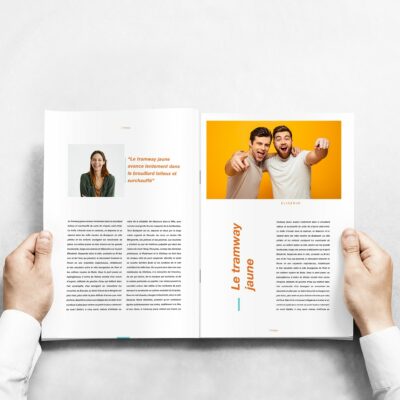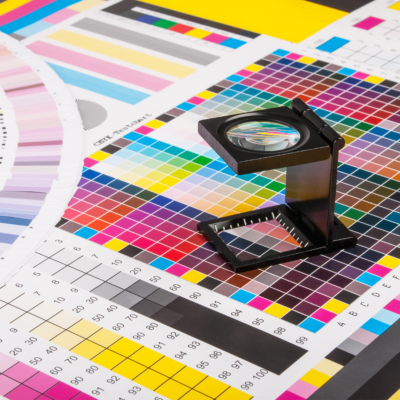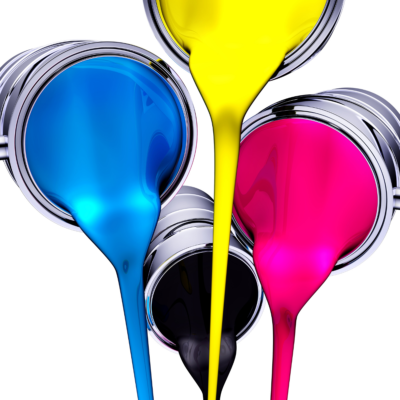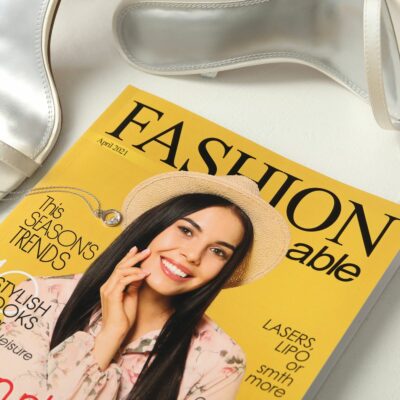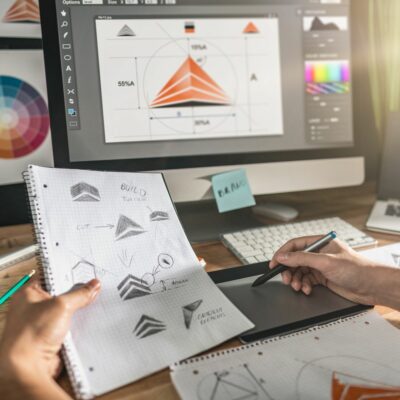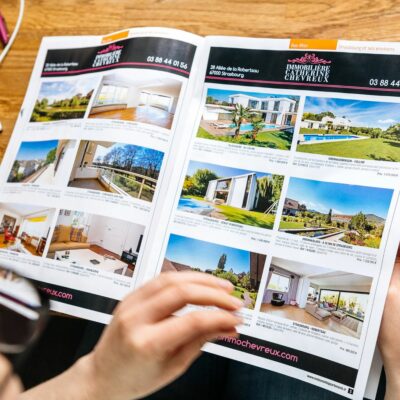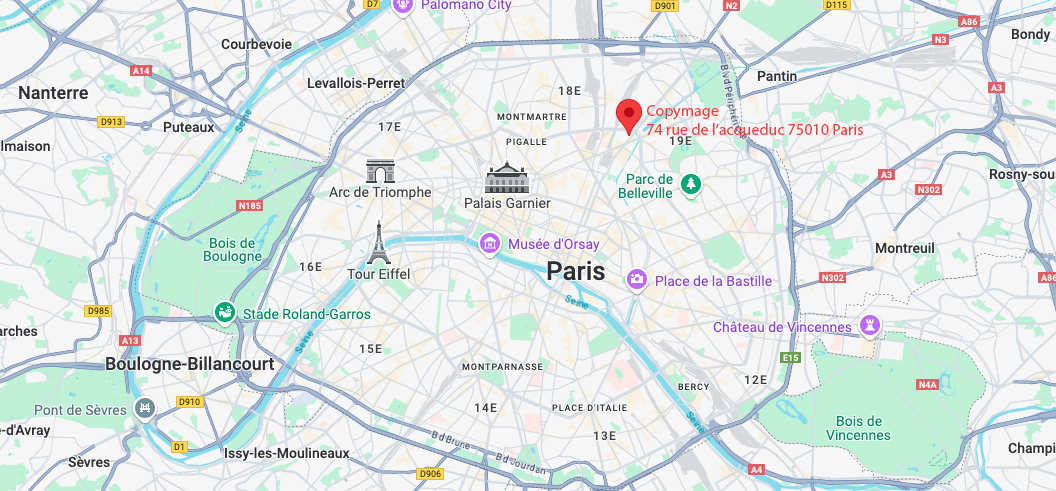- Call us 01 42 61 00 33
Monday to Friday 9:00 - 18:00 IMMEDIATE
CUSTOMISED QUOTERETRAIT EXPRESS
& LIVRAISON J+1-
-
- All
products - Cards
- Brochure
Files - Advertising
- Printing
- Office automation
- Adhesives
- Signage
- Themes
- Printing
Express in 4H
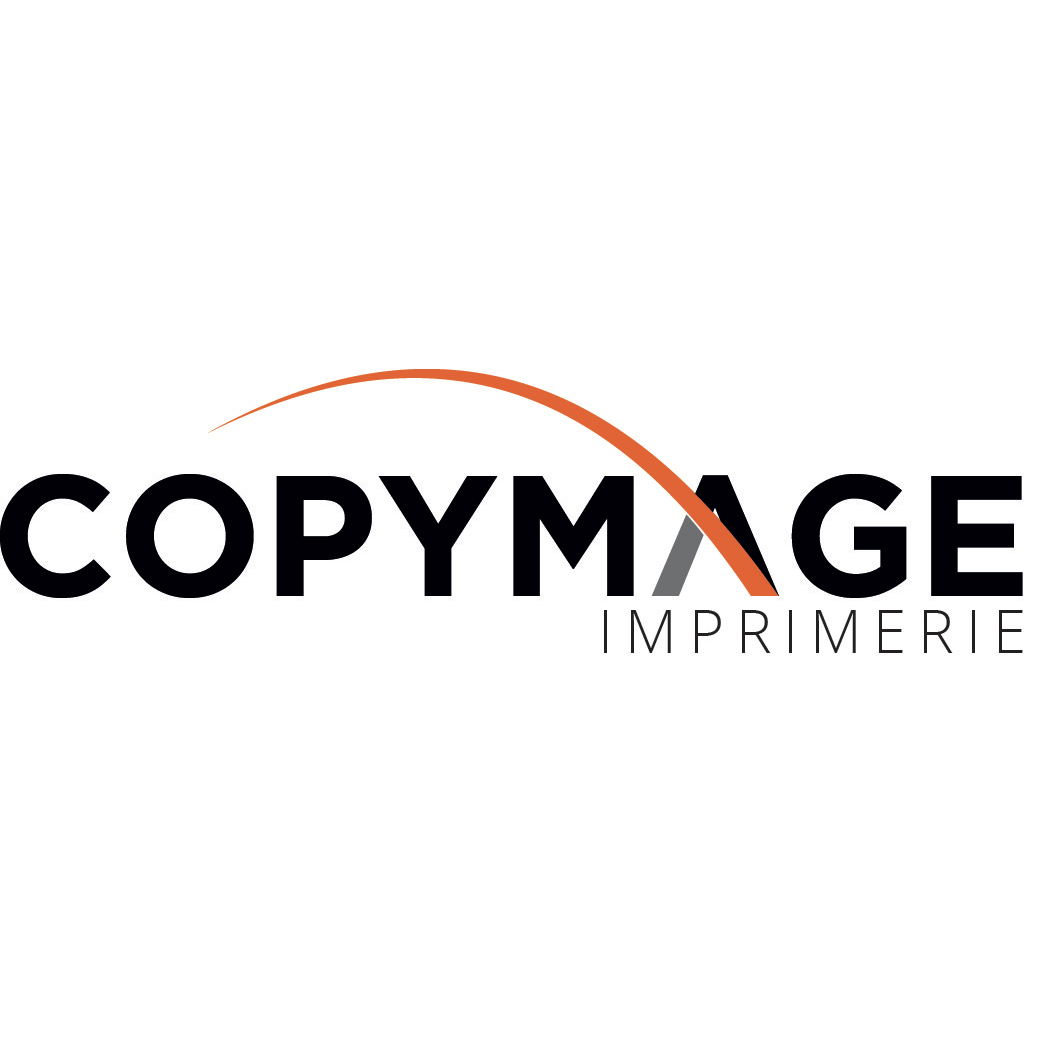
Tips & tricks from your printer
Our advice for choosing the format of your booklet
The booklet is a communication medium whose format varies according to its many uses.
In this article, we explain the different booklet formats that exist and their characteristics, and then we guide you in choosing the right format for the different uses of a booklet. Finally, we present three elements that our consultants at Copymage believe make for a successful booklet design, regardless of its format.
The different existing booklet formats
It is possible to design a booklet in various formats with the following characteristics:
- The size
The size of a booklet is an essential characteristic. The most common sizes used to design a booklet are A4 or A5.
The A4 booklet (210 x 295 mm ) is a large booklet offering a large printable space. It is ideal for the creation of advertising catalogs, welcome booklets, magazines, company brochures etc.
The booklet A5 (210 x 148 mm ) is a more compact booklet that can be transported and distributed on a stand, for example. This booklet format is often chosen for the design of seminar programs, convention menus, user manuals or cultural event calendars.
In addition to these classic formats, at Copymage, we can print your booklet in the format of your choice, for example in square format.
- Orientation
If you choose to design your booklet in a rectangular format, you will have a choice of orientation:
The portrait orientation is a classic orientation with the long edge on the left. This is the orientation of newspaper magazines. However, you can also choose to put the staples on the short edge, at the top of your publication for a "notebook" format.
The landscape orientation is a more original orientation with the short edge on the left. This orientation allows for a nice layout of the illustrations. For this reason, it is sometimes chosen to design art booklets. Again, it is possible to opt for staples on the short edge, like an art booklet, or on the long edge, like a calendar.
- The stapled binder
The binding method generally used for the design of a booklet, regardless of its format, is the stapled binding. Sober, economical and elegant, it consists of placing two staples at the center fold of the double pages that make up the publication. It offers a full opening of the publication and allows the texts and illustrations to run on two contiguous pages without disturbing the reading.
- The number of pages
The stapled binding method used to produce the booklets requires a number of pages between 0 and 40. Moreover, this number of pages must imperatively be a multiple of 4.
In order to achieve this page count, it is common to add a cover page or two blank pages for readers to take notes at the end of the booklet.
Spiral binding or perfect binding methods can be considered for booklets containing more than 40 pages.
How to choose the right format for your booklet?
Three main criteria should guide your choice of format for your booklet:
- The amount of text and illustrations
If you want to create a booklet that will contain a lot of text and illustrations, as in the case of a magazine. It is better to choose an A4 format or, in the case of a smaller format, it will be necessary to increase the number of pages.
- The readability of the booklet
The readability of your booklet is a decisive criterion when choosing its format. Indeed, the objective is that your booklet be read, consulted or leafed through. For that, it is necessary that the texts are presented in a typography of at least size 11 and that the photographs are visible. Only if you have little content can you opt for an A5 booklet while maintaining the readability of your booklet.
- The budget allocated to the design of the booklet
The budget you have available to design your booklet is of course an important consideration. Remember, it is better to get a few key pieces of information across in a well-designed, cost-effective 4-page booklet than to drown your readers in a bloated publication.
What format should I choose for a wedding booklet?
The wedding booklet is a booklet containing the texts that will punctuate the religious or civil celebration of your wedding. The design of this booklet is up to you, even if you can ask the advice of the person who will celebrate your wedding on the choice of texts (religious or not).
In terms of format, we suggest that you opt for a small booklet, while keeping enough space for the texts to be readable by everyone. Don't hesitate to air out the content by skipping lines and punctuating the content with illustrations of your choice.
The cover can include a color photograph of your couple and the date of the celebration for example. The addition of gold plating on the edges of the cover can add a touch of understated elegance to your wedding booklet.
What format should I choose for a mass booklet?
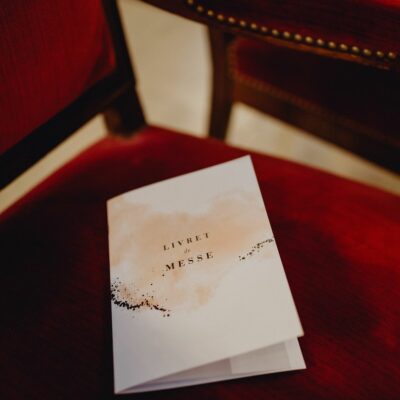
In order to facilitate the reading of all the texts, we suggest that you opt for an A4 size booklet to ensure that each page will contain only one text with a simple and large font to allow a quick and immediate reading for all.
If you opt for a smaller format, for example A5, do not hesitate to run the texts on two contiguous pages since the stapled binding will never interfere with the reading.
What format should I choose for a baptism booklet?
The baptism booklet contains the songs and prayers that will be said at a baptism. It can also celebrate the people who will be baptized by adding photographs and illustrations for example. In this case, we advise you to choose a glossy lamination that will highlight your photograph.
This baptism booklet may be kept by some family members as a souvenir of this moment of celebration. For this reason, we invite you to take care of the layout and the finishing touches. For example, we advise you to choose a semi-rigid paper cover with a lamination to give your baptism booklet a long life.
How to design your booklet successfully?
The design of each magazine and booklet must be meticulous to maximize its impact. We would like to draw your attention to three essential points that will allow you to succeed in designing your booklet:
- The choice of the font
First, choose a maximum of two or three different (but aesthetically compatible) fonts for your entire booklet, regardless of its format. The consistency of your publication depends on it.
Next, choose fonts that are legible, simple, and uncluttered. You want anyone to be able to easily access the content of your booklet. Choose a font size of at least 12 points for the body text of your booklet.
- The layout
In order to encourage the reading of your booklet, remember to air out the content. To do this, you can use bullets or enumerations that give rhythm to the reading. Similarly, inserting boxes on specific points breaks the reading routine while highlighting important information. Finally, don't hesitate to skip lines and use wide margins, even if it means increasing the number of pages slightly.
- The insertion of illustrations
By adding illustrations to your booklet, you will encourage your readers to continue leafing through your booklet. Choose good quality illustrations, with a resolution of at least 300 dpi, and whose subject is directly related to the topic of your booklet. If you have chosen a large format (rectangular A4 or square), you can afford to regularly place an illustration in the center of a page, they will give rhythm to your booklet.
Our rates
The best prices on the market
The quality
We are demanding and attentive to your satisfaction
Our deadlines
Tight deadlines thanks to our continuous production system
Imprim'vert label
We are careful about our footprint and waste management. We have obtained the Imprim'vert label.
Help & Advice
Our experts are here to help you.
HELP & ADVICE
Our experts are here to help you. Do not hesitate to contact them.
Adresse
74 rue de l’Acqueduc 75010 Paris
Métro
Ligne 2, 5, 7 : Stalingrad
Ligne 7; 7B : Louis Blanc
Bus
Lignes : 26, N42, 45, 48










